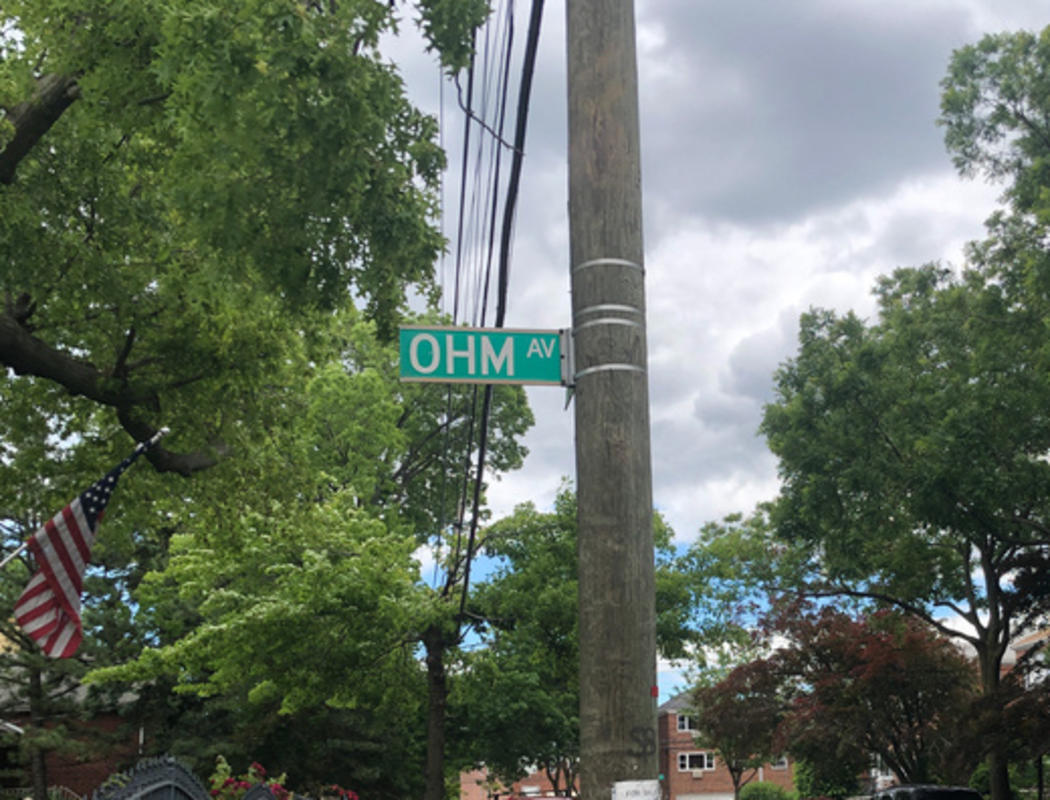Pick up a map of the Bronx‘s Pelham Bay area, and you’ll find some unexpected street names. Ampere Avenue, Ohm Avenue, Radio Drive, Watt Avenue–not exactly your typical residential street names. They were named after scientists and groundbreaking technological advances in the field of electricity. The land through which these streets run once belonged to Isaac Leopold Rice, a Gilded Age-era philanthropist and president of the Electric Storage Battery Company, Electric Boat Company and Electric Vehicle Company.
The electrically themed streets were laid out in the 1920s and named after renowned electrical scientists and discoveries in honor of Rice, who donated the land to the city. Street signs read Research Ave, Watt Avenue, Radio Drive, all terms associated the study of electricity, an industry which Rice was strongly acquainted with. Rice was the president of three electrically dependent companies, the Electric Storage Battery Company, Electric Boat Company and Electric Vehicle Company. His boat company actually supplied the U.S. Navy during World War I. In addition to the streets, there was also a Rice Stadium built in the 1920s in the area. The stadium was demolished in the 1980s, but a statue by Louis St. Lannes, American Boy, which stood in the stadium’s grandstand in 1932, can still be found inside Pelham Bay Park.
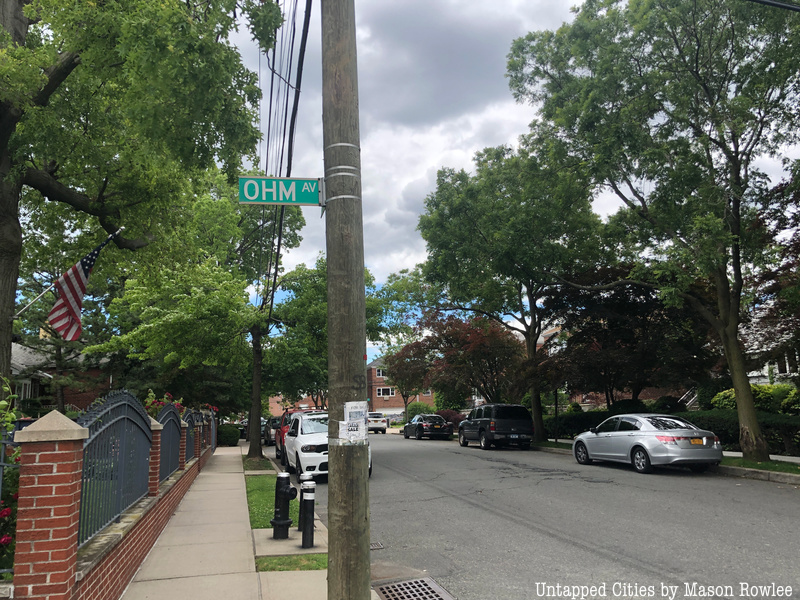
Along with the streets named for Rice, the Bronx also has an Ampere Playground. The area once had the less exciting name P.S. 64 Playground until 1985, when it was named for Andre Ampere, the French scientist whose work in electricity and magnetism earned him the honor of naming the Amp, a unit of electricity.
Rice was born in Bavaria in 1850 and moved to New York at age six. His skills were astonishingly varied and throughout his life he was at times a lawyer, music teacher, lecturer, author, and renowned chess player. Rice originally studied music in Paris then, after returning to New York, he received a law degree from Columbia University. After graduating with a degree in both political science and law, he continued to lecture at the university. His specialty in law was in railroads and he owned stock in both the Philadelphia and Reading Railroads.
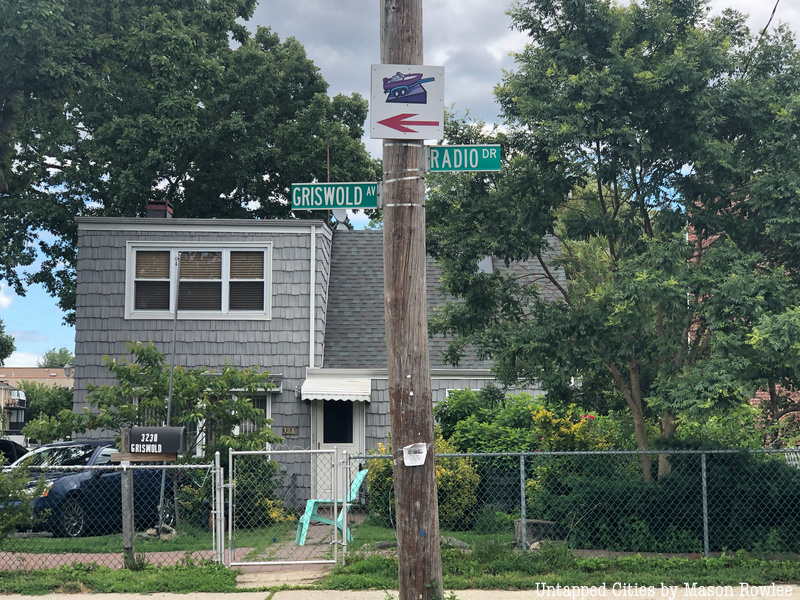
A renaissance man of the Gilded-Age, he published his first book in music theory in 1875. Rice’s writing career didn’t stop there: ten years later, he founded Forum magazine, a journal that would be in print until the 1950’s. As if this wasn’t enough, Rice was also blessed with legendary chess skills. During his lifetime, he held the Presidency of the Manhattan Chess Club and earned the silver medal for the International Universities Chess Match. He even invented his own chess maneuver, the “Rice Gambit.”
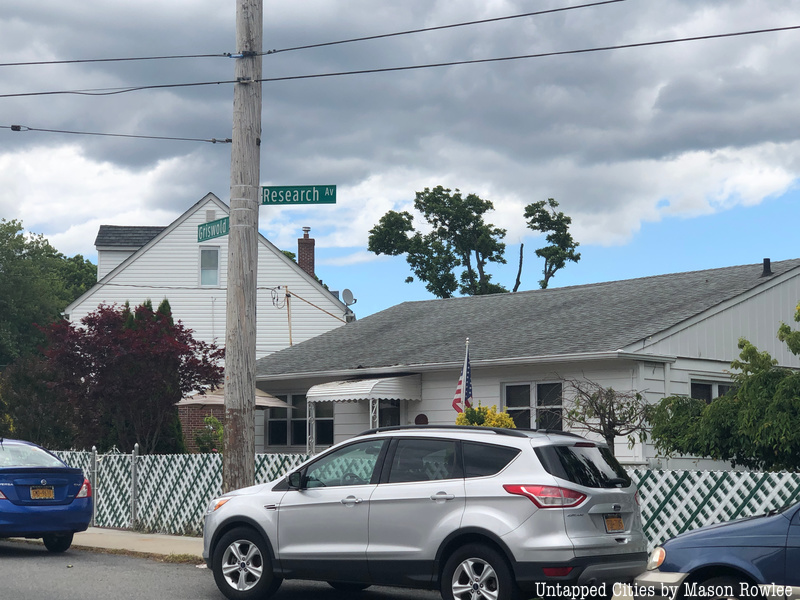
Located at the last stop on the uptown 6 train, the neighborhood in which these streets lies is next to New York City’s largest park property, Pelham Bay Park. This area in the East Bronx is predominately recognized for its beautiful parks and country clubs, which are enjoyed by many New Yorkers on warm sunny days. Neighboring these electricity-themed streets is a park which hosts a full-size football field, track arena, and playground, which are often packed with school children and parents watching football games and enjoying the spacious lawns and playgrounds.
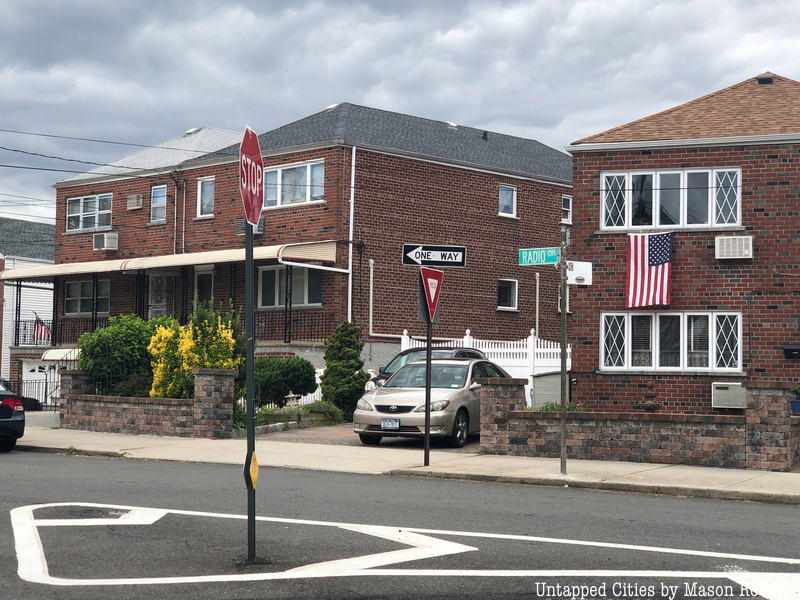
This article was written by Cybele Mays-Osterman and Mason Rowlee
Next check out The Top 10 Secrets of Pelham Bay Park in the Bronx, NYC and History of Streets: 11 NYC Neighborhoods with Thematic Street Names






